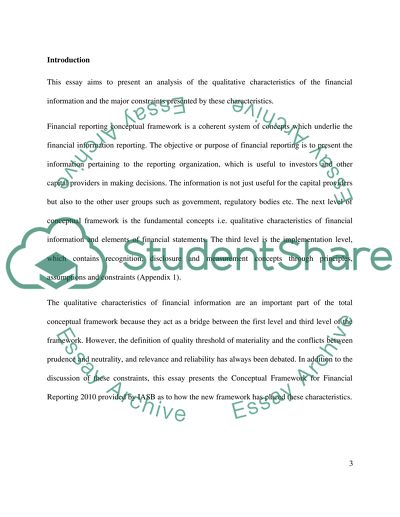Cite this document
(“Qualitative Characteristics of Financial Information Essay”, n.d.)
Retrieved from https://studentshare.org/finance-accounting/1442516-accounting-coursework
Retrieved from https://studentshare.org/finance-accounting/1442516-accounting-coursework
(Qualitative Characteristics of Financial Information Essay)
https://studentshare.org/finance-accounting/1442516-accounting-coursework.
https://studentshare.org/finance-accounting/1442516-accounting-coursework.
“Qualitative Characteristics of Financial Information Essay”, n.d. https://studentshare.org/finance-accounting/1442516-accounting-coursework.


